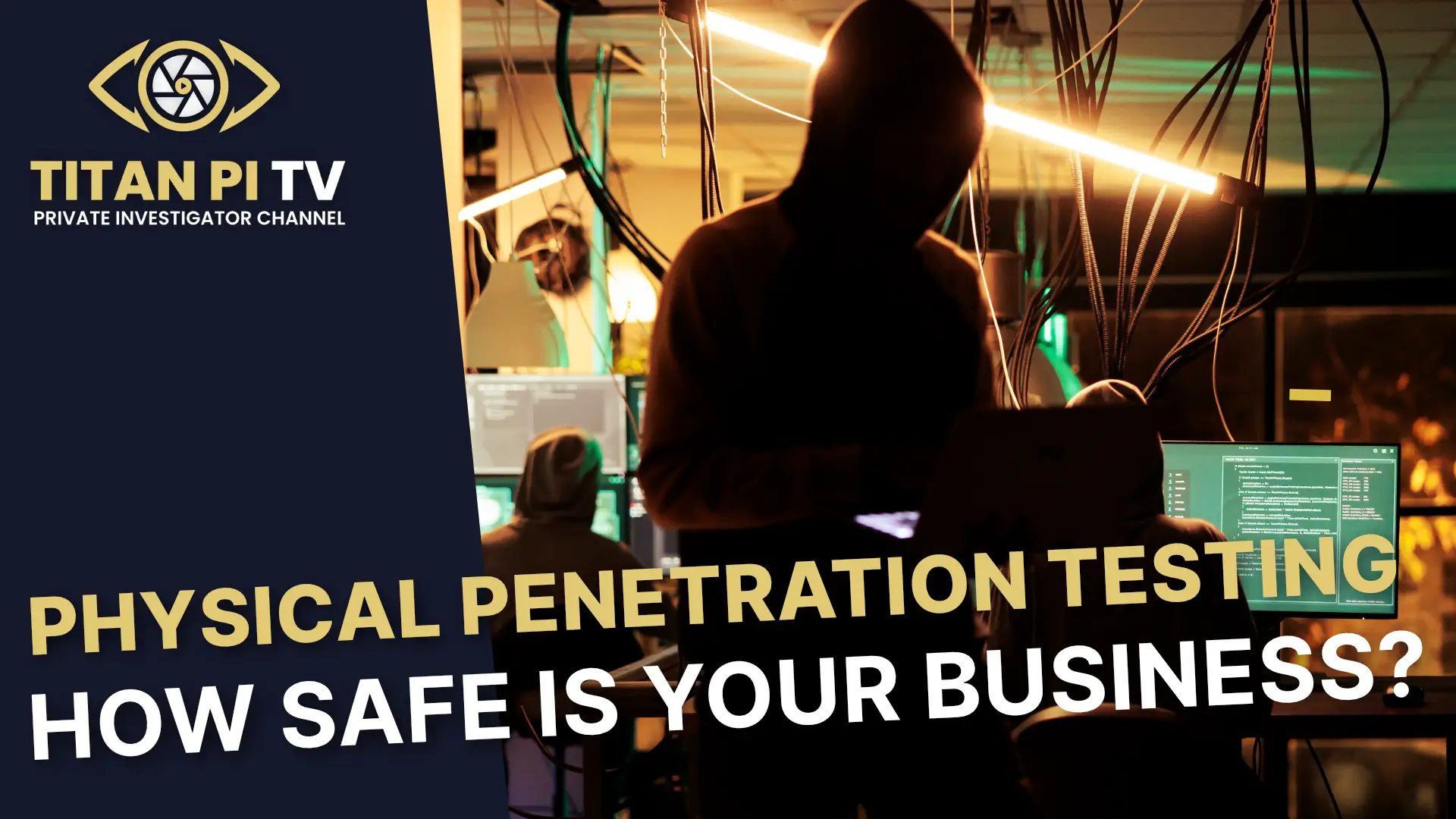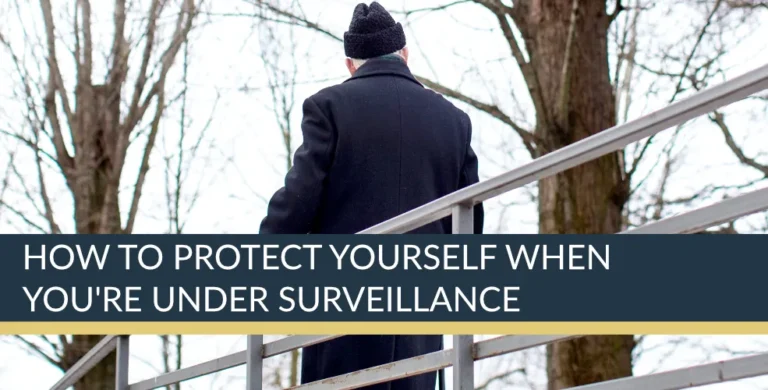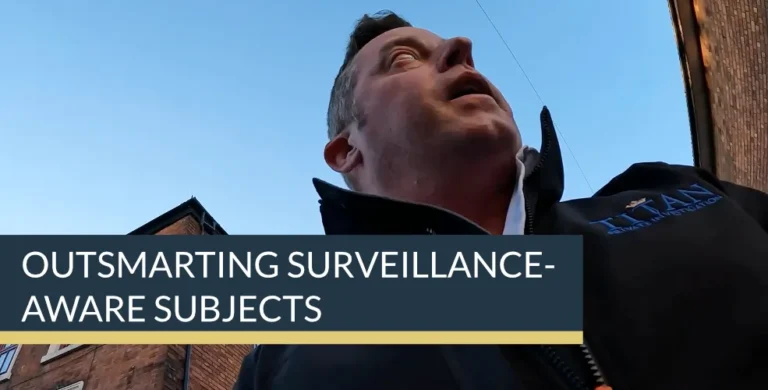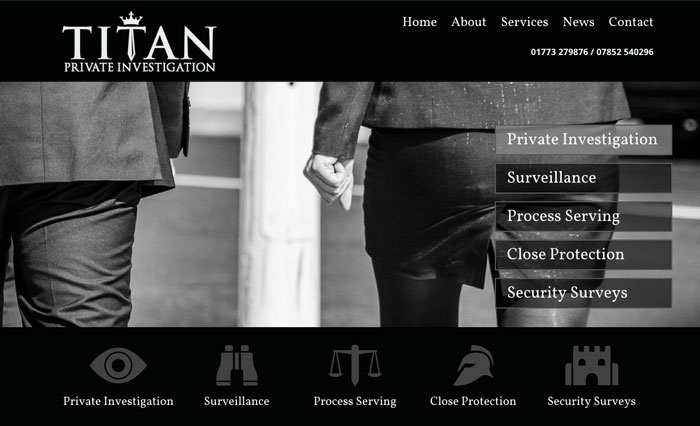Physical Penetration Testing: How Safe Is Your Business?
In the latest episode of Titan PI TV, Simon Henson, Managing Director of Titan Private Investigation Limited, delves into the fascinating and often misunderstood world of physical penetration testing. This episode, titled “Physical Penetration Testing: How Safe Is Your Business?”, offers a behind-the-scenes look at how businesses can assess and improve their physical security measures. With Titan’s expertise spanning across ten offices in England, from Truro to Manchester, the episode provides valuable insights into a critical aspect of modern security.
For those who prefer audio content, the Titan PI TV podcast is also available on all major platforms, ensuring you can stay informed on the go. Simon Henson, who also hosts the show, begins by addressing a common question posed during Titan’s surveillance training courses: “What Is Physical Penetration Testing?”
Physical Penetration Testing – Black Teaming
Physical penetration testing, or “black teaming,” is a method of assessing the physical security of a business or organisation. While the term often raises eyebrows at networking events, it is a serious and essential process for identifying vulnerabilities in physical security systems. Unlike red teaming, which focuses on cyber penetration testing, black teaming is all about the physical world—buildings, premises, and human behaviour.
Simon explains that physical penetration testing follows a structured six-phase cycle. If the objectives are not met during the first attempt, the process can be repeated to ensure thoroughness. The six phases are as follows:
- Information Gathering (Passive Reconnaissance)
- Target Modelling
- Vulnerability Analysis (Active Reconnaissance)
- Exploitation (The Attack Process)
- Post-Exploitation (Debrief)
- Reporting
Each phase plays a crucial role in identifying and addressing potential security weaknesses. Let’s explore these phases in detail.
The Six Phases of Physical Penetration Testing
Phase 1: Information Gathering (Passive Reconnaissance)
The first step in the process is passive reconnaissance, which involves gathering open-source intelligence (OSINT). This includes conducting Google searches to understand the target’s surroundings, environment, and any publicly available information about the premises. The goal is to build a comprehensive picture of the target without direct interaction.
Phase 2: Target Modelling
Once the initial information is gathered, the focus shifts to target modelling. This phase involves analysing the specific details of the target, such as the company’s premises, employees, and operations. Investigators look at job boards, social media profiles, and even blueprints if they are accessible. The aim is to identify potential entry points and vulnerabilities.
Phase 3: Vulnerability Analysis (Active Reconnaissance)
Active reconnaissance takes the investigation offline. This phase includes making phone calls, sending emails, and conducting covert observations. Simon highlights the importance of deploying operatives to observe the premises discreetly. During a typical five-hour observation period, investigators monitor the comings and goings, security measures, and employee behaviour. Key aspects include:
- Identifying physical security barriers such as gates, locks, and CCTV.
- Observing the presence of security personnel, both overt and covert.
- Noting employee dress codes, ID requirements, and access methods (e.g., key fobs).
- Monitoring patterns, such as courier deliveries or employees gathering at smoking shelters.
The covert nature of this phase is critical to avoid compromising the investigation.
Phase 4: Exploitation (The Attack Process)
The fourth phase is where the real action begins. Based on the observations from phase three, investigators develop two potential attack plans—one overt and one covert. For example:
- Covert Plan: Mimicking a courier service frequently seen at the premises to gain access.
- Overt Plan: Using a fake ID and relying on human nature, such as someone holding a door open, to infiltrate the building.
Simon emphasises that all activities during this phase are covertly recorded. Whether the team successfully gains access or is compromised, the entire process is documented for analysis.
Phase 5: Post-Exploitation (Debrief)
After the attack phase, the team compiles all the information gathered. This includes identifying what worked, what didn’t, and how the company can improve its security measures. The debrief is a critical step in ensuring the findings are actionable and beneficial to the client.
Phase 6: Reporting
The final phase involves creating a detailed report that outlines the findings, vulnerabilities, and recommendations. This report serves as a roadmap for the client to enhance their physical security and prevent future breaches.
Who Needs Physical Penetration Testing?
Physical penetration testing is not limited to a specific industry. However, Simon notes that certain sectors are more likely to require these services due to the sensitive nature of their operations. These include:
- Aerospace: Companies in this sector often handle classified information and require stringent security measures.
- Insurance and GDPR-Heavy Industries: Organisations that manage large volumes of sensitive data are often required to undergo regular security testing to comply with regulations.
- Public Venues: With the introduction of Martin’s Law, which focuses on counter-terrorism preparedness, venues such as football stadiums may increasingly require physical penetration testing.
Martin’s Law, named in honour of Martyn Hett, a victim of the 2017 Manchester Arena attack, aims to ensure public venues are better prepared for potential terror threats. Simon explains that physical penetration testing can play a vital role in helping venues identify vulnerabilities and comply with the law.
The Growing Importance of Physical Security
As businesses face an ever-evolving landscape of threats, physical security has become more important than ever. Simon predicts that the demand for physical penetration testing will continue to grow, particularly in light of new regulations like Martyn’s Law. By identifying and addressing vulnerabilities, organisations can protect their assets, employees, and customers.
Titan Private Investigation offers a two-day physical penetration testing course, providing hands-on experience in conducting these tests. The course includes two live penetration tests, giving participants practical insights into the process. Additionally, Titan is exploring the possibility of offering an online version of the course, making it accessible to a wider audience.
Physical Penetration Testing – Final Thoughts
The latest episode of Titan PI TV provides a comprehensive overview of physical penetration testing and its importance in today’s security landscape. Simon Henson’s expertise and engaging presentation make this complex topic accessible and informative. Whether you’re a business owner, security professional, or simply curious about the world of private investigation or learning more about physical penetration testing, this episode is a must-watch.
As Titan PI TV approaches its two-year anniversary, the team continues to deliver high-quality content that educates and informs. Don’t forget to subscribe to the channel and give the episode a thumbs up to show your support.
What’s Next on Titan PI TV?
Thank you for reading, watching or listening to this week’s blog post on Titan PI TV. If you found this information helpful, please give us a thumbs up and subscribe to our channel. We’re aiming to reach 2,000 subscribers by mid-April, marking our two-year anniversary. Stay safe, and we’ll see you in the next episode!
Stay tuned for more insights into the world of private investigations. Until next time, stay safe and keep learning!
Titan PI TV: Uncovering the Truth, One Investigation at a Time.














